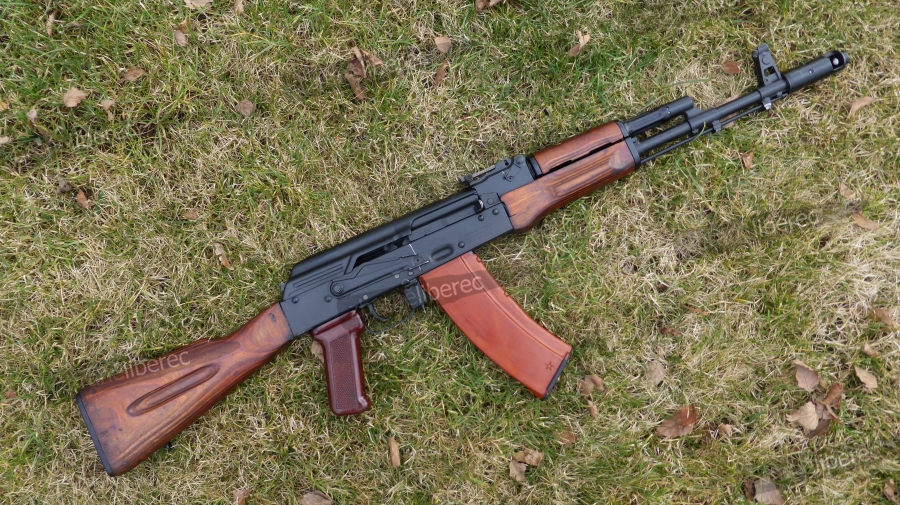Categorized as an assault rifle, AK-74 is a rapid-fire, magazine-fed weapon that was designed to be utilized by military infantry. It was developed by a Russian designer Mikhail Kalashnikow in the early 1970’s as a replacement to AKM. It was first used in service with Soviet forces during their conflict against Afghanistan in 1979. Currently, AK-74 is being used in most of the former USSR countries, Mongolia, North Korea and Vietnam. Licensed copies are also being produced in Bulgaria, Romania and East Germany

Since it is more refined, it then utilizes a diminutive 5.45x 39mm cartridge as opposed to the 7.62x39mm chambering of AKM. As result, it has better firing accuracy, effective range and reliability. The popularity of AK-74 has demanded many variations like the following:
- AKS-74
- AKS-74U
- AKS-74UB
- AK-74M
- AK-101
- AK-102
- AK-103
- AK-104
- AK-105
The size, weight and high velocity qualities of the 5.45×39mm cartridge of AK-74 enables soldiers to carry more ammunition for the same weight compared to their larger and heavier predecessor cartridges. Furthermore, it produces free recoil impulse (at 3.39 J is 2.50 lb.-ft.) and low bolt thrust. Early ballistic tests of 5.45×39mm show a very much defined tumbling effect as seen in high-speed cameras. It is also believed that the bullets for this cartridge were especially designed to tumble in flesh, increasing the wounding potential.
During firing and reloading, AK-74’s operation is just as the same as the AKM’s. However, after ignition of the cartridge primer and propellant, the fast expanding propellant gases are redirected into the gas cylinder above the barrel via passage near the muzzle. The accumulated gases inside the gases within the gas cylinder drives the long-stroke piston, the bolt carrier toward the back, and the cam guide machined into the underside of the bolt carrier together with an ejector spur on the bolt carrier rail guide. The cam guide then rotates the bolt at an estimated 35 degrees and unlocks it from the barrel extension through a camming pin located on the bolt. The moving assembly has about 5.5mm of free travel which creates delay between the initial recoil impulse of the piston and the bolt unlocking procedure, permitting the gas pressures to drop to a safe level before the seal between the chamber and the bolt is broken.
AK-74 is accessorized with 6H4 or 6H5 type bayonet, three spare magazines, a quick-loading device, four 15-round stripper clips, cleaning rod and sling together with a maintenance kit.
https://www.youtube.com/watch?v=EIPzATo-63o
